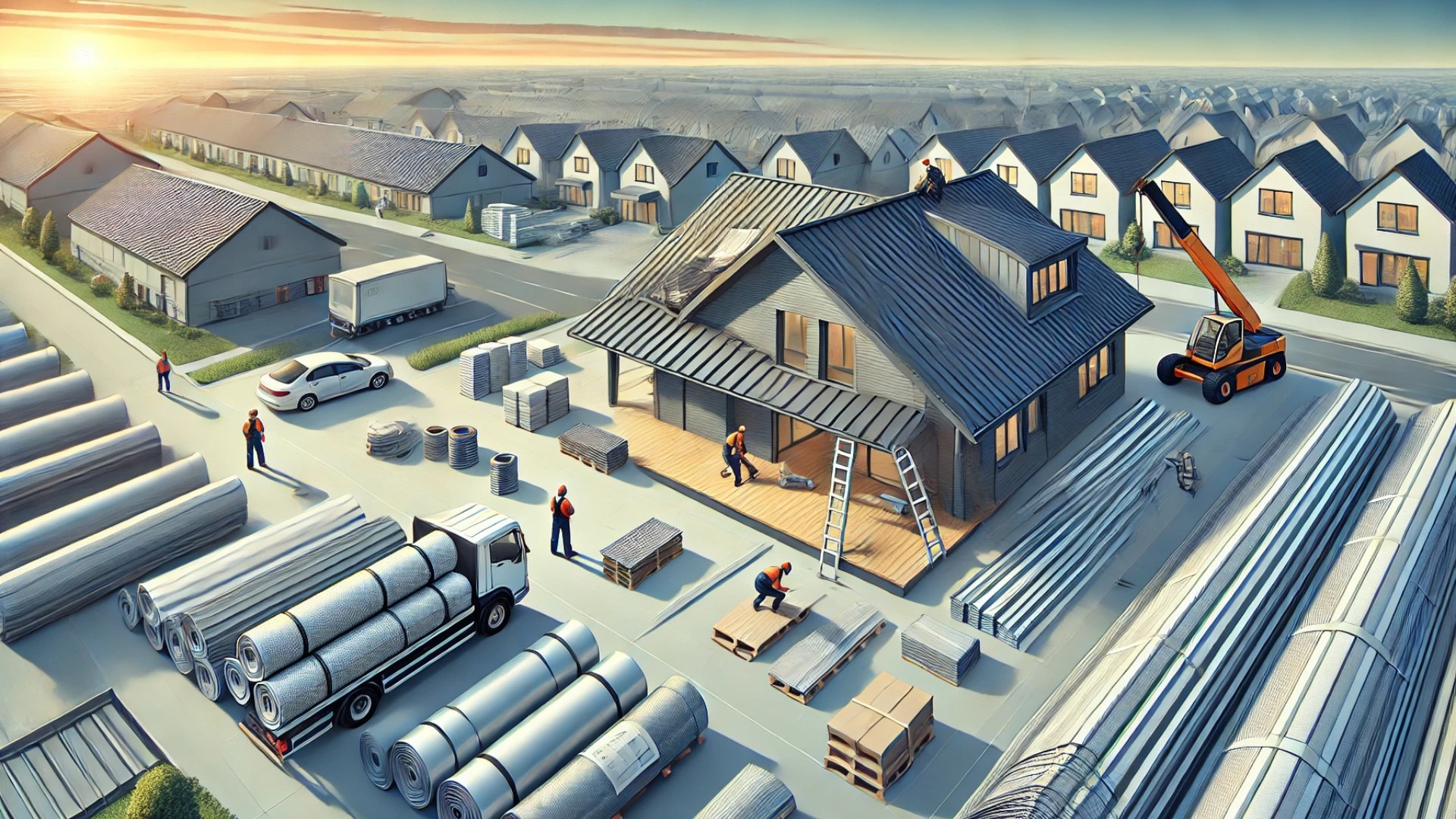
A New Chapter for Sanibel: Fire Station Rebuild Initiated
In an important step towards rejuvenating community services, Schenkel Shultz has been chosen to lead the reconstruction of the Sanibel Fire Station. This decision comes in response to the growing need for enhanced emergency services and facilities capable of meeting modern challenges. The previous station sustained significant damage, prompting this vital rebuild and reflecting a broader commitment to the resilience of local infrastructure.
Understanding the Investment: Why It Matters
The decision to redevelop the fire station isn't just about restoring a facility; it's an investment in community safety and operational efficiency. A new fire station not only serves the immediate needs of the community but also enhances property values and attracts potential residents and businesses to the area. According to industry insights, the presence of well-maintained emergency services is a key factor in evaluating a neighborhood's appeal, making this rebuild a smart move for Sanibel's future.
Designing for Resilience: Key Features of the Rebuild
Schenkel Shultz is known for incorporating sustainable practices into their architectural designs. As part of this project, the new fire station will include cutting-edge technology and materials that ensure longevity and efficiency. Features may include energy-efficient systems, durable roofing solutions, and adaptable spaces for modern emergency services. This approach not only addresses immediate operational needs but positions the station as a resilient structure capable of withstanding future environmental challenges.
Historical Context: The Role of Fire Stations in Communities
The construction of fire stations has historically been tied to the growth and safety of communities. They serve as islands of protection, offering rapid responses to emergencies. The rebuild of the Sanibel Fire Station is part of a long-standing tradition of ensuring that fire services evolve alongside community needs. Such facilities are central not just to fire suppression but also to community cohesion, acting as venues for training, education, and local activities.
Community Input: Emphasizing Local Voices in Design
A project of this scale will benefit from community input during the design and planning stages. Engaging residents allows for a design that meets local needs effectively. This inclusivity fosters a sense of ownership and pride among community members, ensuring the facility resonates with those it serves. Local feedback mechanisms could include surveys or forums, providing residents a platform to voice priorities for the new station.
Looking Ahead: Opportunities for Innovation
The Sanibel Fire Station rebuild presents opportunities to integrate innovative solutions into public safety practices. By incorporating advanced firefighting technology and sustainable building materials, this project goes beyond meeting current requirements. It sets the stage for future advancements in emergency services that could influence fire station designs nationwide.
Concluding Thoughts
The selection of Schenkel Shultz for the Sanibel Fire Station rebuild marks a significant milestone in the community's commitment to safety and resilience. As the project unfolds, it will undoubtedly shape the local landscape and provide a model for future public safety initiatives. Community engagement in this rebuild will be essential to ensure its success and relevance.
Ultimately, by investing in infrastructure like the Sanibel Fire Station, the community is prioritizing not only safety but also sustainability and growth. These efforts underscore the importance of having robust emergency services that can effectively respond to the needs of the population while also enhancing property value and local pride.
 Add Row
Add Row  Add
Add 

 Add Row
Add Row  Add Element
Add Element 




Write A Comment